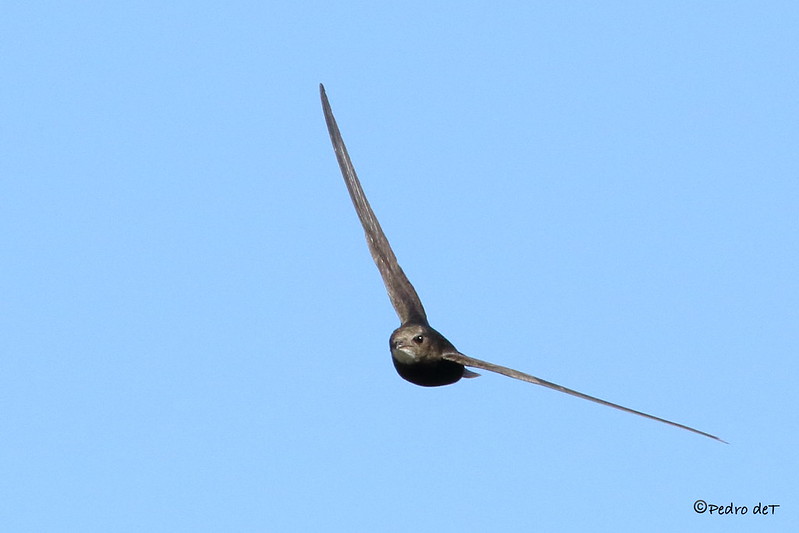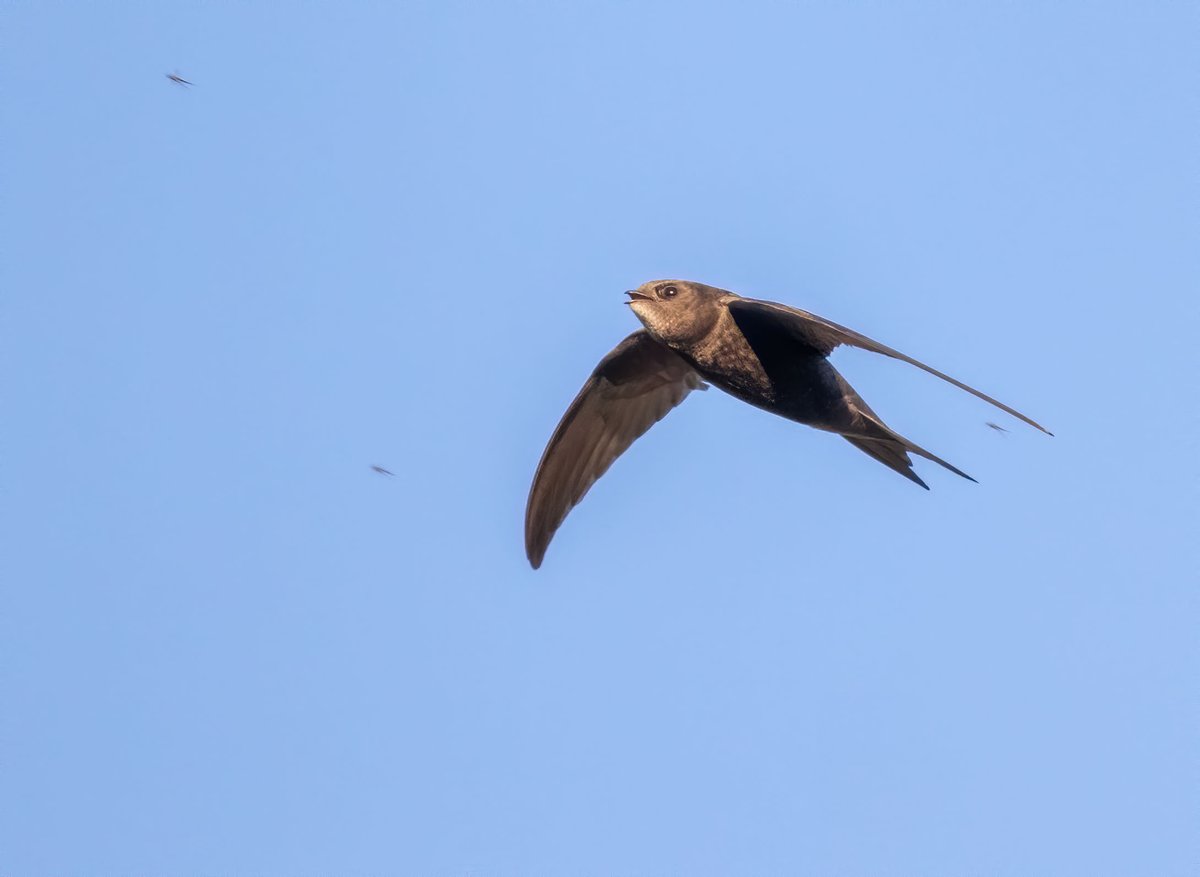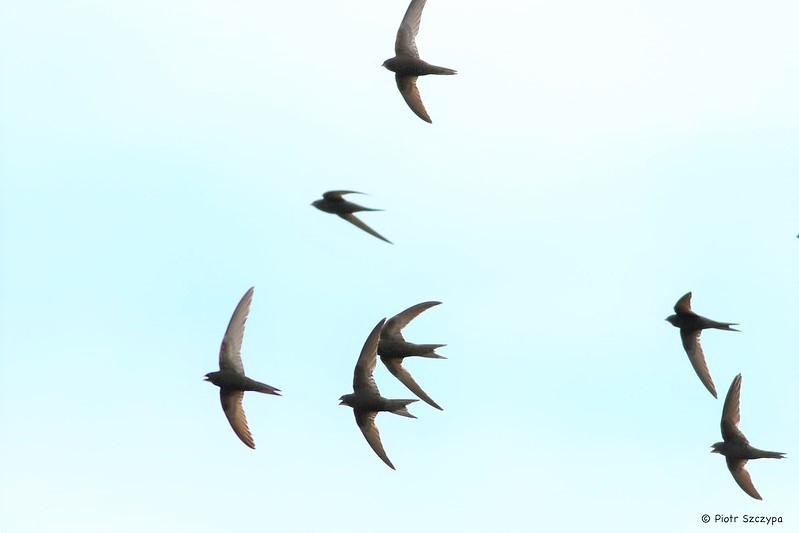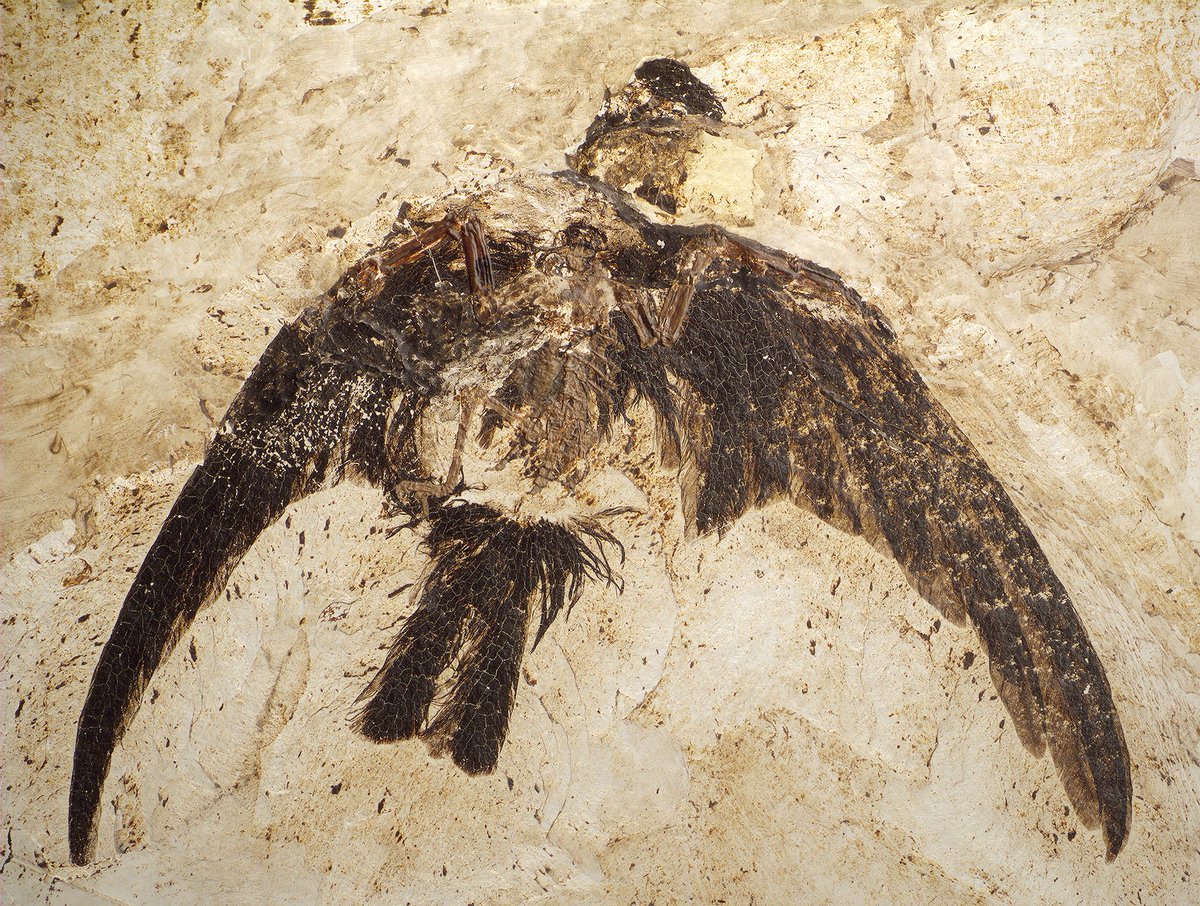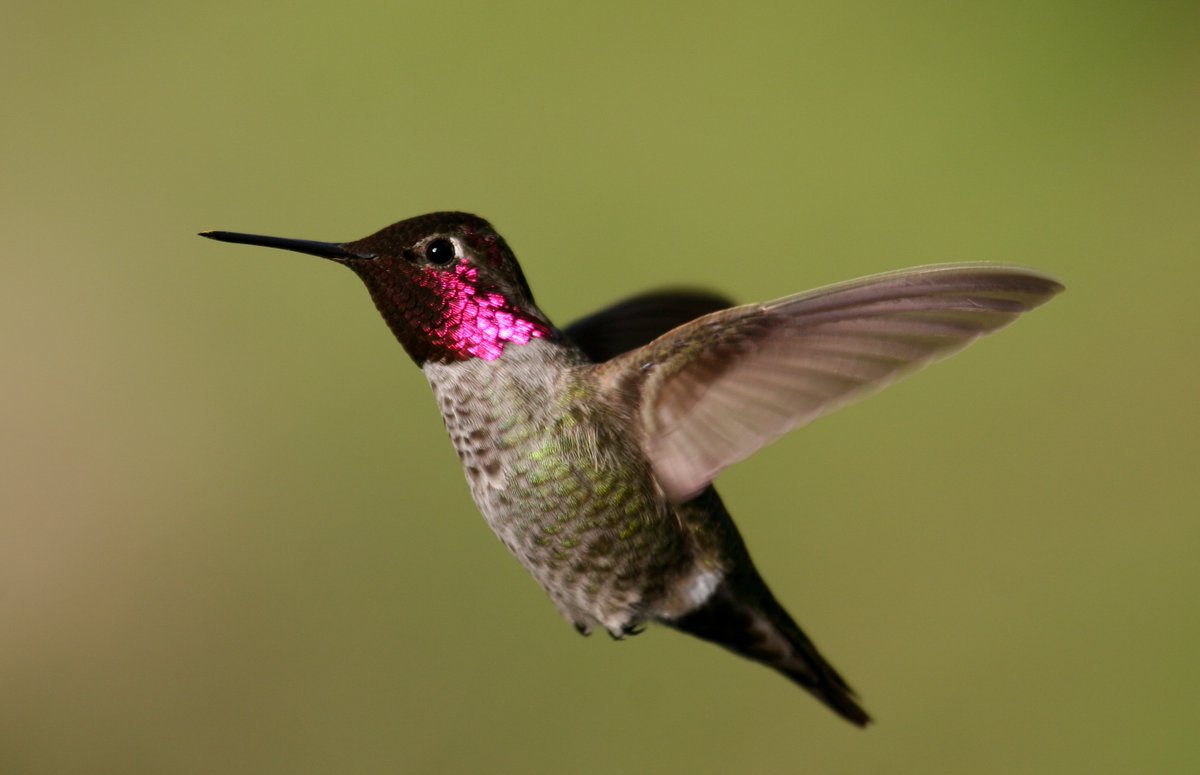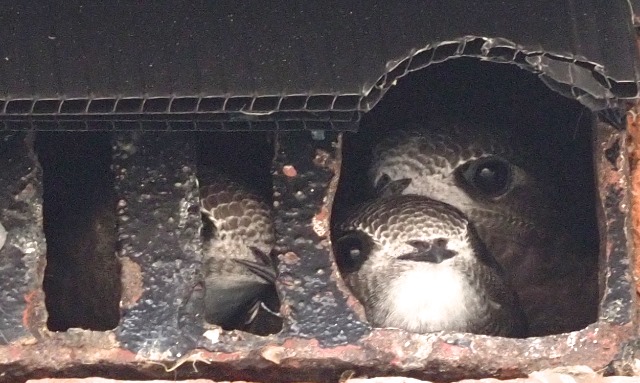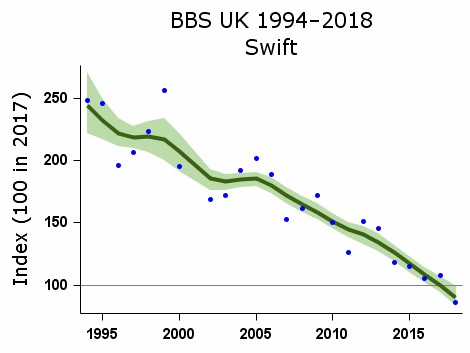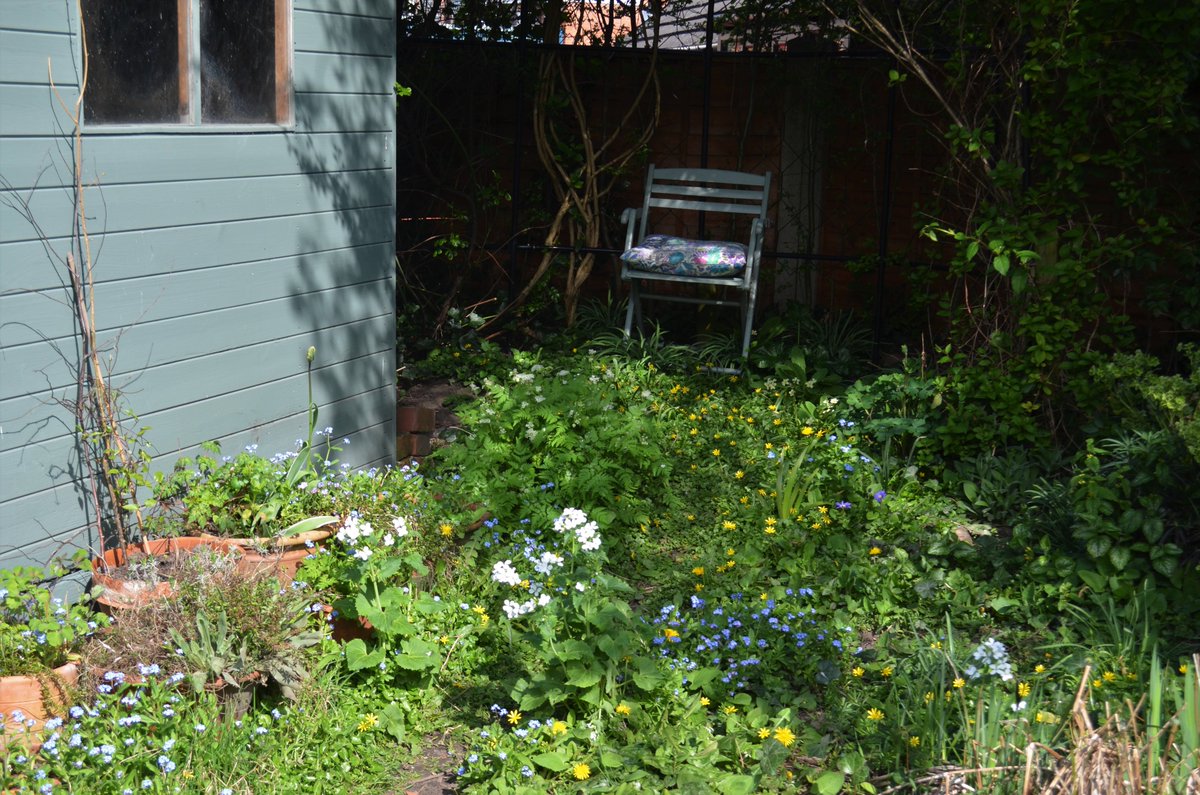Swifts are coming! Lockdown days can seem all the same but seeing your first swift each year is thrilling - you know summer’s on its way. Look up for dark, crescent wings and listen for an air-rending screech! Here’s more about the bird that lives its entire life in the sky /1
These birds sleep, eat, feed and even mate on the wing, spending all their lives in the air except when nesting. Over a 7-year life a swift may fly 2 million miles – the same as to the moon and back 4 times. One swift lived to 21, so flew overall ¼ of the distance to Venus /2
A bird for all of us: for 3 months you see them in almost every town, city and village in the UK. This wildest of birds brushes against our lives when it makes its secret nest under the slates or tiles of our homes. Watch them from your window, balcony or garden! /3
Swifts are spectacularly agile and fast. Young birds can often be seen on warm, sunny evenings racing around the rooftops at over 60 miles per hour, screaming as they go. They look like wild teenagers, out on the town and bursting with energy /4
Swifts have been roaming round the globe for nearly 50 million years. Fossils found in Germany, dating from a time when this land we call Europe lay several degrees further south, include alligator, pygmy horses, gigantic mice, a flying ant with a 6-inch wingspan – and a swift /5
It was long thought that swifts were related to swallows and martins. Wrong! Their closest relatives are hummingbirds, which share the same stout, upper wing bone. It gives both birds the resilience required for the intense demands of their very different flying habits /6
40 days after hatching from an egg, a young swift flies straight off to Africa. From that moment it can fly 300,000 miles without stopping until 2 summers later, when it finds a nest site and a mate /7
All swifts would once have nested in tree holes and cracks in rocky cliffs, but they adapted to the arrival of human beings in the landscape, finding safe places in the eaves of houses and other buildings. Few common swifts now nest in natural places /8
Unthinkingly though, we are blocking these birds out of their nesting places. Renovation works rarely consider the needs of swifts, so these most site-faithful of birds often return in May to find their holes gone. Swift numbers in the UK are falling steeply /9
What’s to be done? Make plans for a community swift nest box scheme. Church towers are ideal. Work with local planners, architects and roofers and to raise awareness. Put up a swift box on your own house. Loads of information at http://actionforswifts.blogspot.com"> http://actionforswifts.blogspot.com /10
Insect decline is a huge problem for many birds so be relaxed about letting the grass grow and love the bugs in your garden. Spiders, flies, aphids and many other insects will blow into the air and become swift food! /11
Supporting conservation charities in their efforts to re-wild your local landscape @WildlifeTrusts @RSPB @NationalTrust /12
Huge thanks to Piotr Szczypa for his fantastic photos of swifts in flight– it’s a real specialist skill. Hummingbird by Robert McMorran; swift catching insects @StephenBarlow; fledglings peering out Tonbridge Swifts.
And to @Senckenberg for the fossil swift pic

 Read on Twitter
Read on Twitter